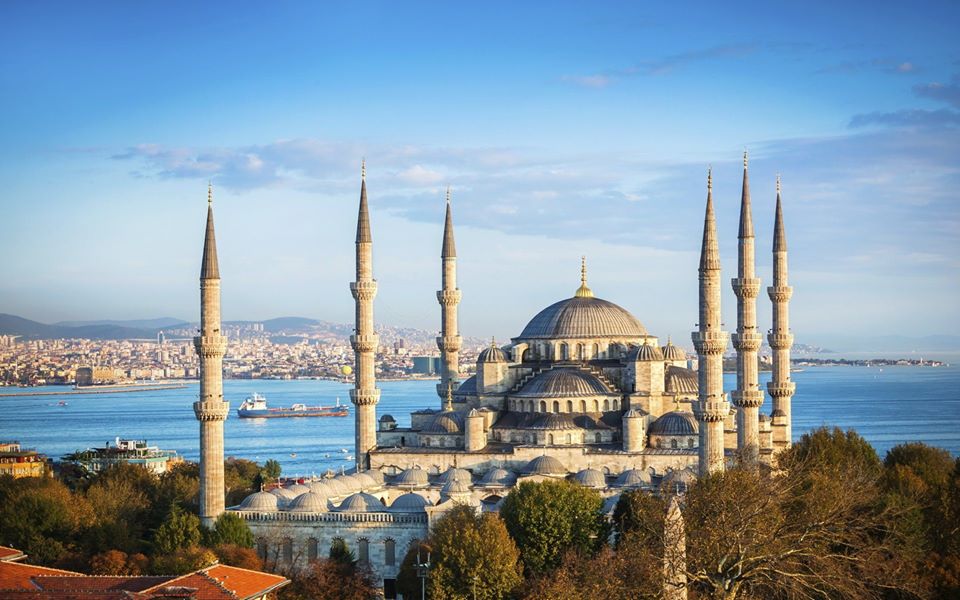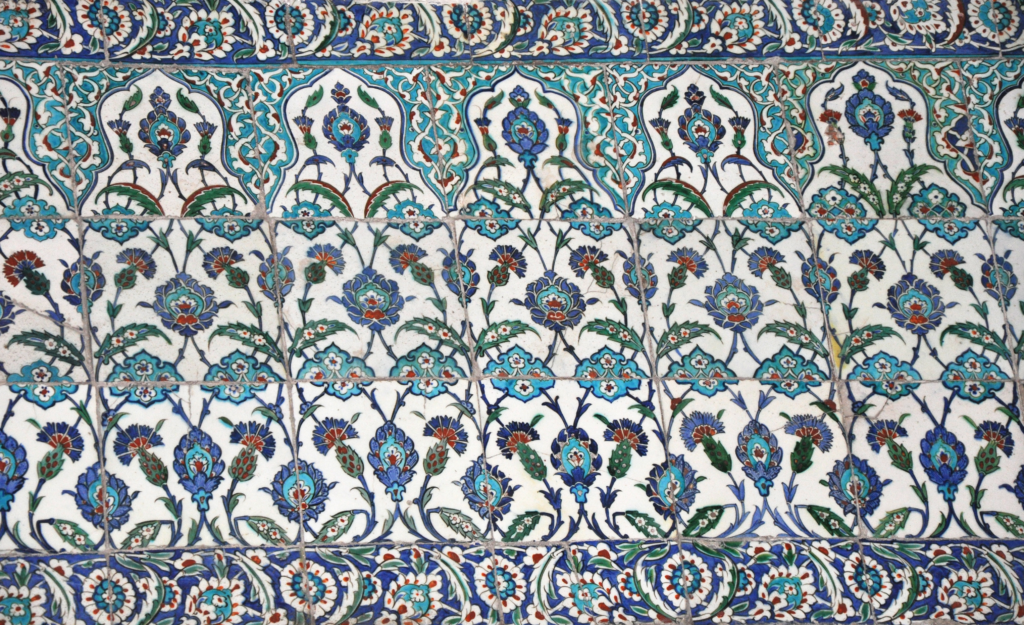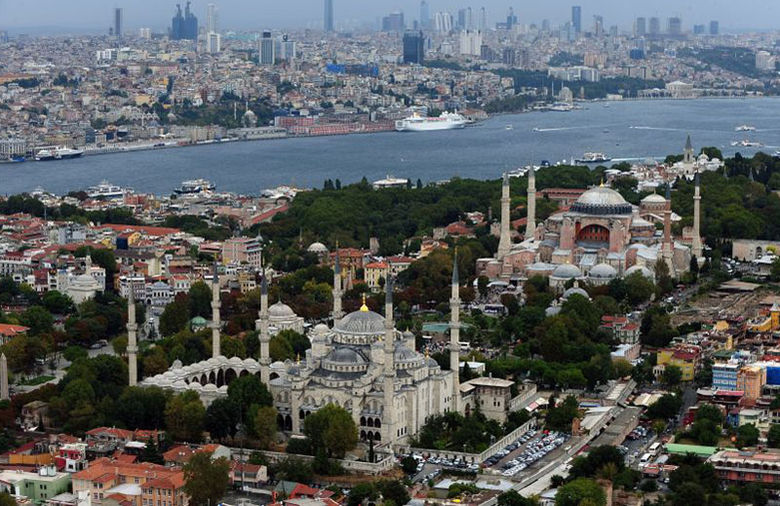A striking symbol of Istanbul’s rich cultural history, the Blue Mosque, formally known as Sultanahmet Camii, stands as one of the world’s most impressive architectural masterpieces.
This guide provides you with a comprehensive overview of the Blue Mosque, revealing its historical background, architectural grandeur, visiting details, and insider tips. It also points you to nearby attractions enriching your Istanbul visit.

Brief History
The Blue Mosque, commissioned by Sultan Ahmet I, was built from 1609 to 1616 during the rule of Ahmed I. Its design is the epitome of Ottoman architecture, crafted by the architect Sedefkâr Mehmed Ağa, a student of the legendary architect Sinan. Its popular name, “Blue Mosque,” is inspired by the thousands of blue Iznik tiles adorning the interior.
What to See and Do
The Blue Mosque is globally recognized for its magnificent six minarets, a feature unique at the time of its construction. Within, you’re welcomed by an array of more than 20,000 handmade ceramic tiles in more than fifty tulip designs, which are lit by 260 windows. The mosque’s main dome, resting on four colossal pillars known as elephant feet, provides a grandeur that leaves visitors in awe.

Blue Mosque Frequently Asked Questions
What is so special about the Blue Mosque?
The Blue Mosque, also known as Sultanahmet Camii, stands out due to its six minarets, a distinct architectural feature that was exceptional at the time of its construction. In addition, over 20,000 handmade blue-tinted Iznik tiles embellish its interior, contributing to the name “Blue Mosque”. This blend of architectural audacity and intricate craftsmanship makes it particularly special.
Is Hagia Sophia and Blue Mosque the same?
No, the Hagia Sophia and the Blue Mosque are distinct landmarks. Although both are situated in Istanbul’s historic Sultanahmet district, they have different origins and architectural styles. Hagia Sophia was a cathedral, then a mosque, and now it’s a museum, reflecting the city’s multicultural history. The Blue Mosque, on the other hand, was always a mosque.
Can tourists go inside the Blue Mosque?
Yes, tourists can enter the Blue Mosque. It remains a functional mosque, but it’s also a major tourist attraction. Visitors are welcome outside prayer times, allowing them to witness the mosque’s architectural grandeur and serene spiritual environment.
Is Blue Mosque free?
Yes, entry to the Blue Mosque is free. However, it operates on the goodwill of visitors and donations are appreciated to support its upkeep and ongoing conservation efforts, ensuring its historical and cultural preservation.
Can a woman wear pants to a mosque?
Yes, women can wear pants to a mosque, but the attire should adhere to standards of modesty. Pants should not be tight or revealing. Women are also expected to cover their heads with a scarf and keep their shoulders and knees covered while in the mosque.
Why does Blue Mosque have 6 minarets?
The Blue Mosque has six minarets as a result of Sultan Ahmet I’s ambition to create a unique architectural statement. This was groundbreaking, as no mosque had six minarets at that time, making it a symbol of the Sultan’s aspiration for grandeur.
What do people do at the Blue Mosque?
People visit the Blue Mosque primarily for prayer and worship, as it remains a fully functional mosque. Additionally, due to its historical significance and architectural beauty, it is a significant attraction for tourists who come to admire its design, learn about its history, and experience its tranquil ambiance.
Who is buried in the Blue Mosque?
Sultan Ahmet I, who commissioned the Blue Mosque, is interred in a tomb on the mosque’s grounds. His tomb reflects the tradition of Ottoman sultans being buried near their monumental architectural contributions, reinforcing their legacy.

Practical Information
Opening Hours
The Blue Mosque is open every day from 9 am to 7 pm but closes for non-Muslims during the five daily prayer times.
Entrance Fee
Admission to the Blue Mosque is free, but donations to support its upkeep are appreciated.
Location
The Blue Mosque is situated in the Sultanahmet district. It’s accessible via the Sultanahmet Tram Station and a short walk. Best Time to Visit: Visit in the early morning or late afternoon to avoid large crowds. It’s particularly mesmerizing during the golden hours of sunrise or sunset.
Insider Tips
Dress modestly while visiting the mosque, covering your shoulders and legs. Women are required to cover their hair (scarves are provided at the entrance if needed). Remember to remove your shoes before entering the mosque; free plastic bags are provided to carry them.
Nearby Attractions
Adjacent to the Blue Mosque are other historic landmarks, including the Hagia Sophia, the Basilica Cistern, and the expansive Topkapi Palace. The vibrant Grand Bazaar and the aromatic Spice Bazaar are also within a short walking distance.
Conclusion
The Blue Mosque architecture with its rich history, offers a unique journey into Istanbul’s past, revealing its artistic and religious grandeur. Don’t hesitate to share your experiences or ask any questions you may have to make this guide a more comprehensive reference for all who wish to explore this architectural gem.

